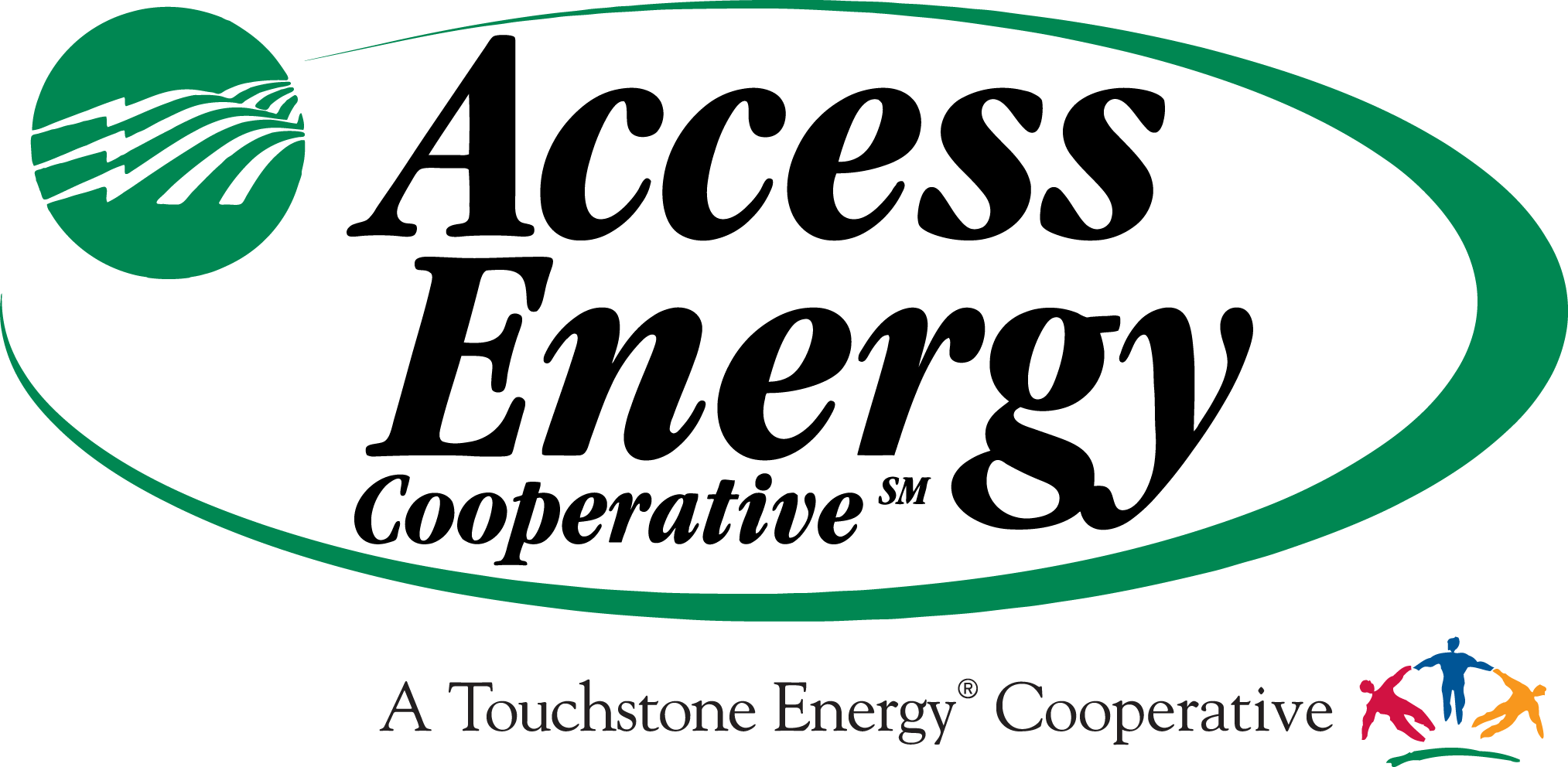The U.S. Department of Agriculture estimates 13% of a poultry farm’s production expenses stem from energy costs.
SEAL AIR LEAKS. Air flowing in and out of poultry houses leads to higher heating costs, litter caking, lower feed intake, lower feed conversion efficiencies, and smaller birds.
RADIANT HEAT: When installed and managed properly, radiant heaters use between 15–30% less fuel than forced hot air heaters and pancake brooders.
INSULATE: Make sure you have proper insulation levels and coverage. Insulation helps regulate the temperature, reducing the need for supplemental heating and cooling.
CONTROL USE: Implement electronic controls for lighting and interior conditions such as temperature and humidity. Controllers can coordinate heating, cooling, ventilation, and lighting systems so they work in an integrated fashion.

